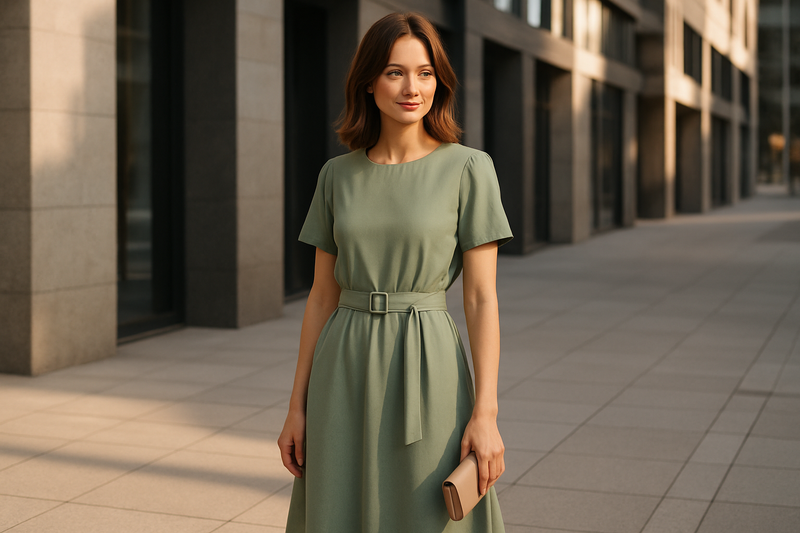As seasons change, so should your wardrobe approach. The art of transitional dressing lies in mastering the perfect balance between comfort, style, and practicality. Whether you're navigating unpredictable weather or simply want to extend the life of your favorite pieces, learning to layer effectively is a game-changer for your style.
Why Layering Matters
Layering isn't just about staying warm—it's about creating depth, texture, and visual interest in your outfits. It allows you to adapt to changing temperatures throughout the day, express your creativity, and maximize your wardrobe by mixing pieces in new ways.
The Foundation: Building Your Base
Every great layered look starts with the right foundation. Choose lightweight, breathable fabrics that sit close to your skin without being restrictive. Think cotton tees, silk camisoles, or merino wool basics that won't add bulk but provide the perfect canvas for your layers.
Essential Layering Pieces
Cardigans and Light Sweaters
These are your layering workhorses. A classic cardigan can be worn open over a dress, buttoned as a top, or tied around your shoulders for a preppy touch. Choose neutral colors that complement multiple outfits.
Blazers and Structured Jackets
Perfect for adding polish to casual outfits or creating professional looks. A well-fitted blazer can transform jeans and a tee into a chic ensemble suitable for dinner or meetings.
Scarves and Wraps
These versatile accessories add warmth, color, and texture. A lightweight scarf can be the perfect finishing touch that pulls your entire look together.
Vests and Sleeveless Layers
Great for adding warmth without bulk. Try a knit vest over a button-down shirt or a sleeveless blazer over a fitted tee.
Layering Techniques That Work
The Rule of Three
Stick to three layers maximum to avoid looking bulky. For example: base layer (tee) + middle layer (cardigan) + outer layer (jacket).
Play with Proportions
Mix fitted and loose pieces. If your base is fitted, add a flowy cardigan. If you're wearing a loose sweater, pair it with fitted bottoms.
Vary Your Textures
Combine different fabrics for visual interest. Try pairing smooth silk with chunky knits, or soft cotton with structured denim.
Length Variation
Create visual appeal by varying the lengths of your layers. A longer cardigan over a shorter top, or a cropped jacket over a longer blouse creates dynamic silhouettes.
Seasonal Layering Strategies
Spring Transition
Start with lightweight pieces and add layers you can easily remove as the day warms up. Think denim jacket over a sundress or a light cardigan over a tee and skirt.
Fall Preparation
Begin incorporating warmer textures and richer colors. Layer a cozy sweater over a collared shirt, or add a scarf to your favorite jacket.
Winter Warmth
Focus on insulating layers without sacrificing style. A thin turtleneck under a sweater, topped with a stylish coat, keeps you warm and chic.
Color Coordination in Layering
Stick to a cohesive color palette to ensure your layers work harmoniously. Monochromatic schemes (different shades of the same color) create an elegant, elongated silhouette. If you want to add contrast, limit yourself to two or three complementary colors.
Common Layering Mistakes to Avoid
- Too many patterns: Limit yourself to one patterned piece per outfit
- Ignoring fit: Each layer should fit properly on its own
- Forgetting proportions: Balance fitted and loose pieces
- Overdoing it: More layers don't always mean better style
Styling Tips for Different Body Types
Layering can be flattering for everyone when done thoughtfully. If you want to create curves, try belting a cardigan or jacket. To elongate your silhouette, choose longer layers and avoid cutting your body in half with contrasting colors.
Remember, the best layered looks feel effortless and natural. Start with pieces you love individually, then experiment with combinations. With practice, you'll develop an intuitive sense for what works together, and seasonal transitions will become an exciting opportunity to refresh your style rather than a wardrobe challenge.






1 comment
This is a demo comment